Frequently asked questions
Company News
- Aluminum veneer: not just building materials, but also the art of architecture
- Exploring the modern charm and future trends of curtain wall aluminum veneer
- Imitation wood grain aluminum veneer: a perfect fusion of modernity and nature
- Curtain wall aluminum veneer: the fashionable "coat" of the construction industry
- Imitation wood grain aluminum veneer: the green "skin" of modern architecture
Industry dynamics
- Imitation wood grain aluminum veneer: a perfect fusion of nature and technology
- Aluminum veneer customization, creating the art of personalized space
- Aluminum veneer: the hidden star in modern architecture
- The charming journey of imitation wood grain aluminum veneer: the encounter of modernity and nature
- Aluminum veneer customization, creating a new trend of personalized space
Frequently asked questions
- Can the insulation function of aluminum veneer improve the comfort of buildings?
- Does the production of aluminum veneer require certification?
- Is the surface treatment method of aluminum veneer restricted?
- How to evaluate the impact of the plasticity of aluminum veneer on the appearance of buildings?
- Can aluminum veneer be applied to the exterior design of high-rise buildings?
contact us
Mobile:+86 15627778610
Email: 2201229786
Address: No. 5 Binjiang Road, High tech Zone, Zhaoqing City, Guangdong Province
What are the types of aluminum veneer?
- Author: Lesilong Technology (Guangdong) Co., Ltd
- Release time: 2022-03-02 23:52:40
- Click:0
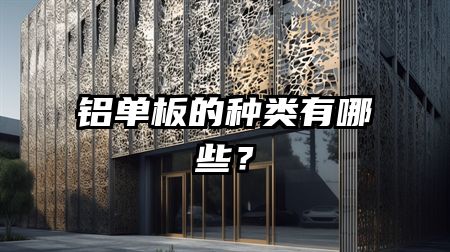
Aluminum veneerWhat are the types of?
Abstract: This article will elaborate on the types of aluminum veneer from four aspects, including surface coating, material, shape, and application. By introducing each aspect, readers can have a comprehensive understanding of the different types of aluminum veneers.
1、 Surface coating
1. Spray painted aluminum veneer
Spraying aluminum veneer refers to the spraying treatment on the surface of aluminum plate, and common spraying methods include fluorocarbon spraying and polyester spraying. Fluorocarbon spraying has the characteristics of good weather resistance and stable color, and is suitable for outdoor environments; Polyester spray coating is more suitable for indoor use.
2. Aluminum oxide veneer
Aluminum oxide veneer is obtained by oxidation treatment of aluminum plate, which has excellent corrosion resistance and wear resistance. Its surface can present a metallic texture and is commonly used in architectural decoration.
3. Wood grain aluminum veneer
Wood grain aluminum veneer is printed on the surface of aluminum plate with wood grain texture, giving it a wooden appearance while retaining the advantages of aluminum plate, such as weather resistance and corrosion resistance. Wood grain aluminum veneer is widely used in the field of interior decoration.
2、 Material
1. Aluminum alloy veneer
Aluminum alloy veneer is made of aluminum alloy material, which has the characteristics of lightweight, high strength, and corrosion resistance. It is widely used in the fields of building exterior walls, ceilings, curtain walls, etc.
2. Stainless steel composite aluminum veneer
Stainless steel composite aluminum veneer is a composite of stainless steel plate and aluminum plate, which combines the corrosion resistance of stainless steel and the lightweight of aluminum plate. This material is commonly used for the decoration and exterior walls of high-end buildings.
3. Copper composite aluminum veneer
Copper composite aluminum veneer is a composite of copper plate and aluminum plate, which can present the nobility of copper and the lightness of aluminum. It is often used for building facades, interior decoration, and art production.
3、 Shape
1. Flat aluminum veneer
Flat aluminum veneer is the most common shape of aluminum veneer, with a flat surface, suitable for various building exterior walls and interior decorations.
2. Corrugated aluminum veneer
The surface of corrugated aluminum veneer presents a wavy shape with a unique visual effect, commonly used for building facades and decorative walls.
3. Perforated aluminum veneer
Perforated aluminum veneer is processed by opening holes on aluminum plates, which can achieve a transparent effect and is widely used in fields such as building exterior walls, courtyard covers, and sunrooms.
4、 Purpose:
1. Aluminum veneer for exterior walls of buildings
Aluminum veneer for building exterior walls is the most common application field, which has the characteristics of fire resistance, weather resistance, and good decoration, and is widely used in various types of building exterior walls.
2. Indoor decorative aluminum veneer
Aluminum veneer for interior decoration can be used for ceilings, partitions, walls, and other decorations. Its rich colors and textures can meet different interior design needs.
3. Curtain wall aluminum veneer
Curtain wall aluminum veneer is a material used for building curtain walls, which has functions such as thermal insulation and sound insulation, and can be designed in various shapes and colors.
5、 Summary:
Through the introduction in this article, we can understand that the types of aluminum veneers mainly include surface coatings, materials, shapes, and applications. Different types of aluminum veneers are suitable for different scenarios and needs. Choosing the appropriate aluminum veneer can meet the requirements of building decoration and enhance the aesthetics and functionality of the building.

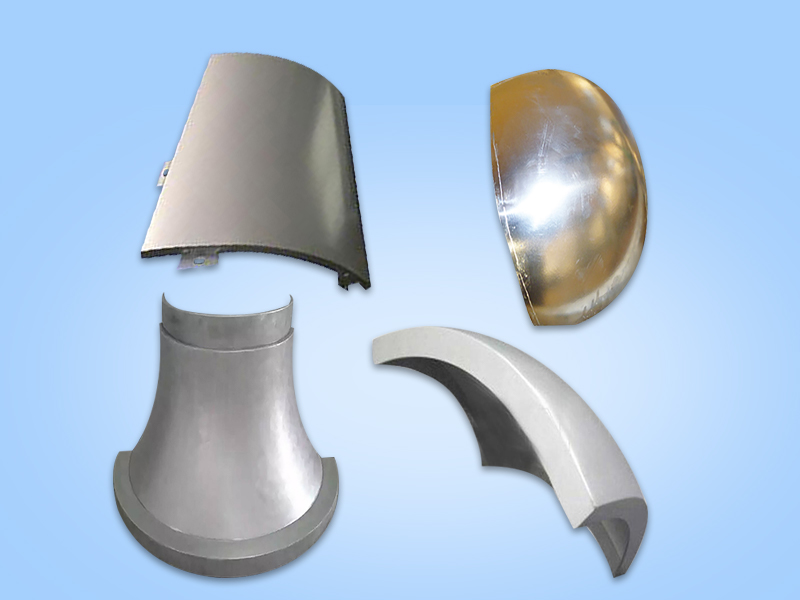
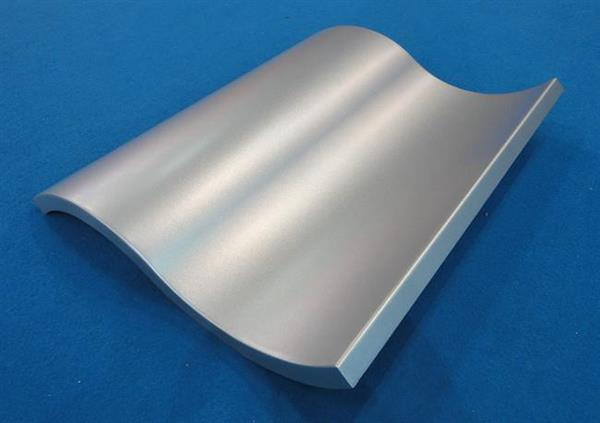
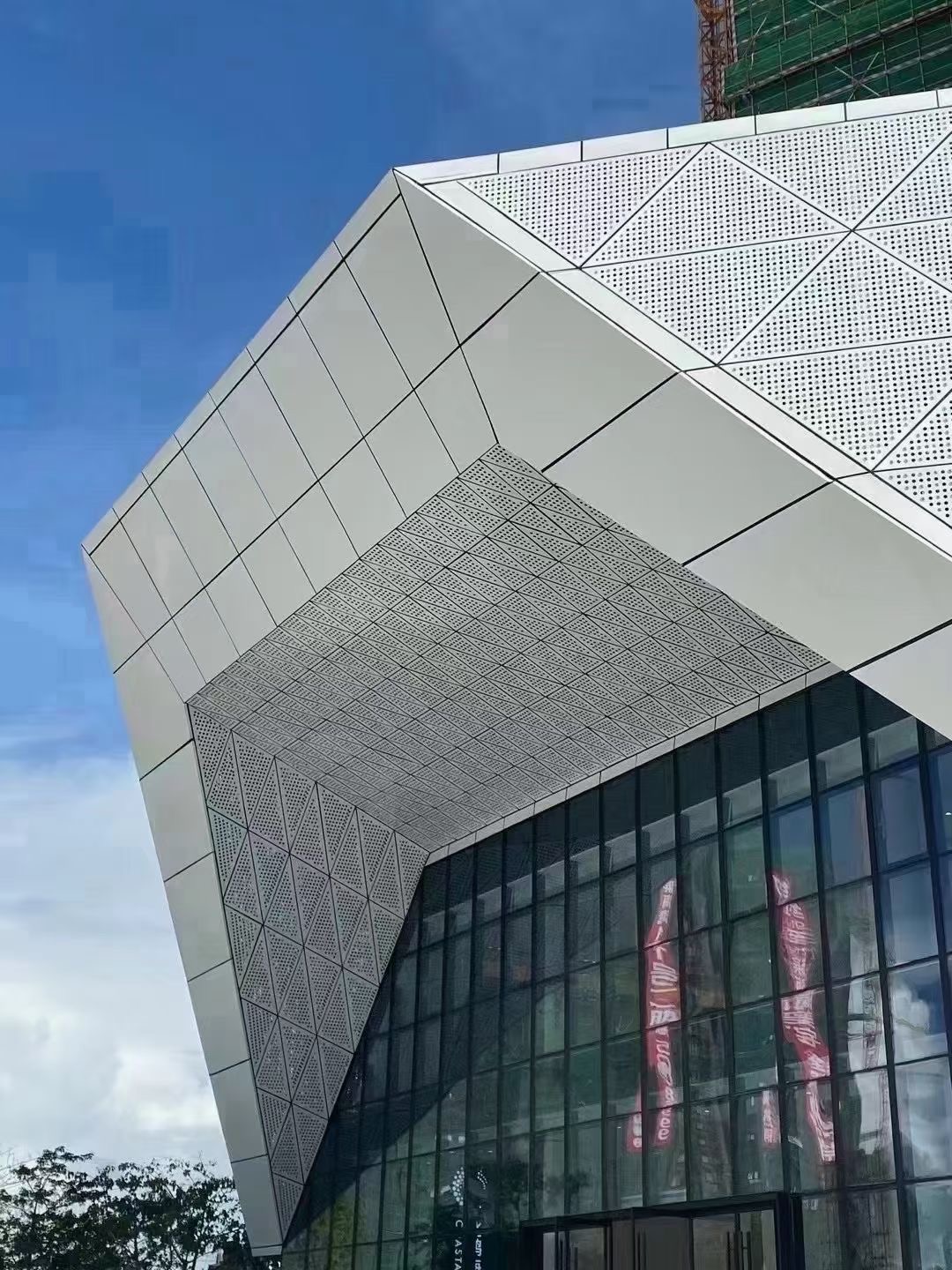
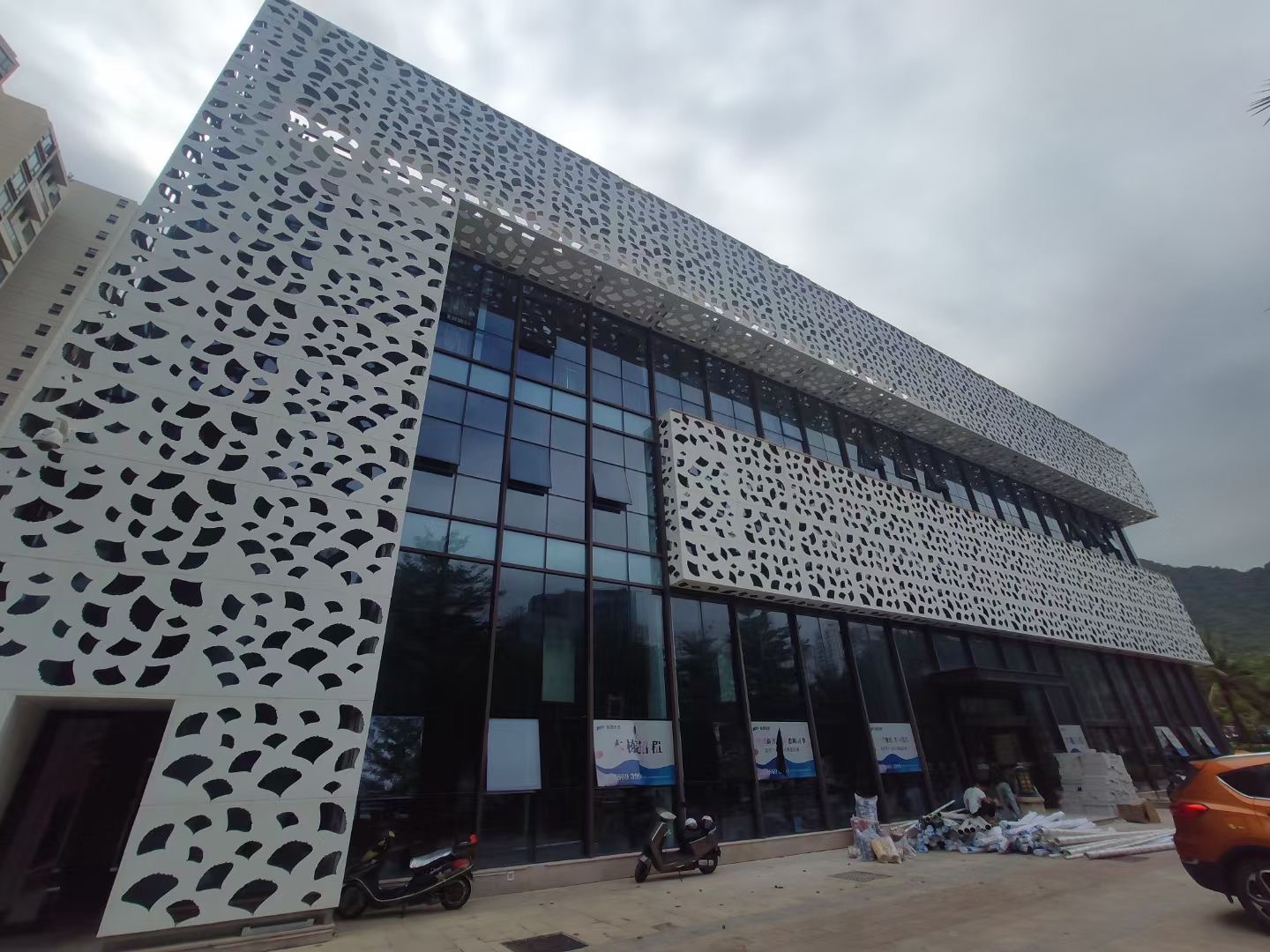
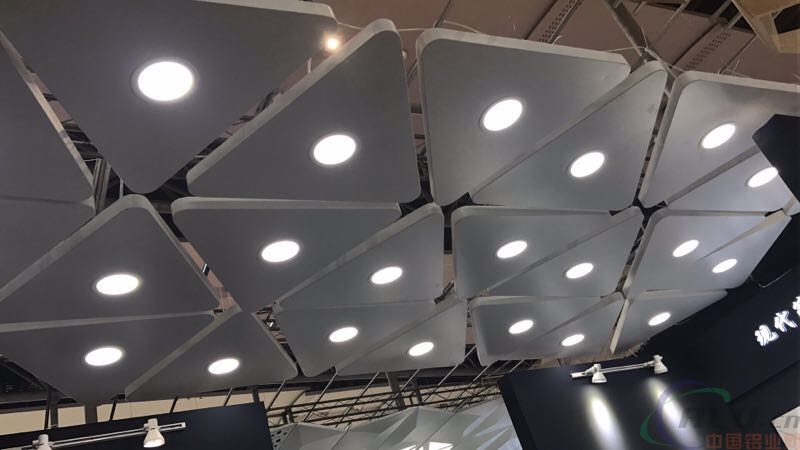
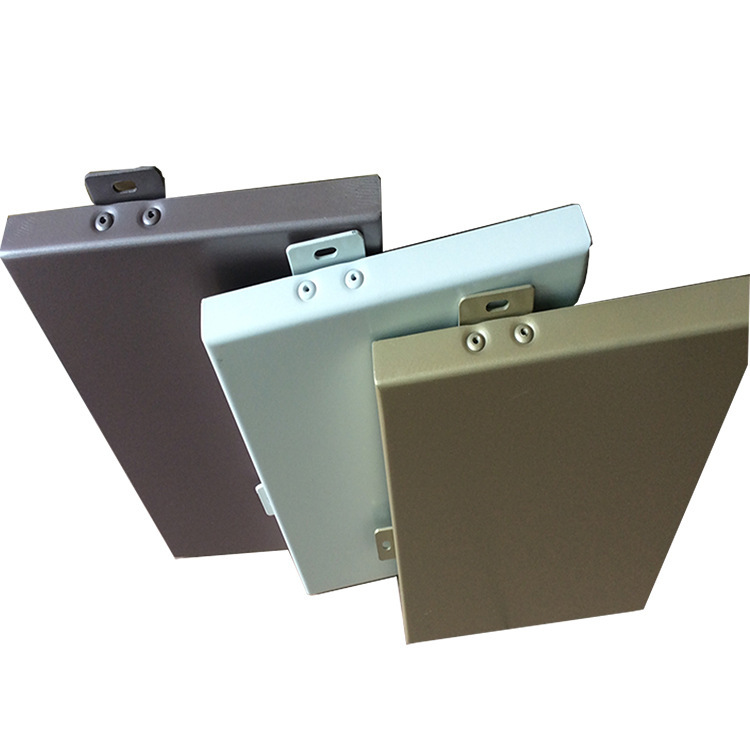
 Customer service QQ
Customer service QQ